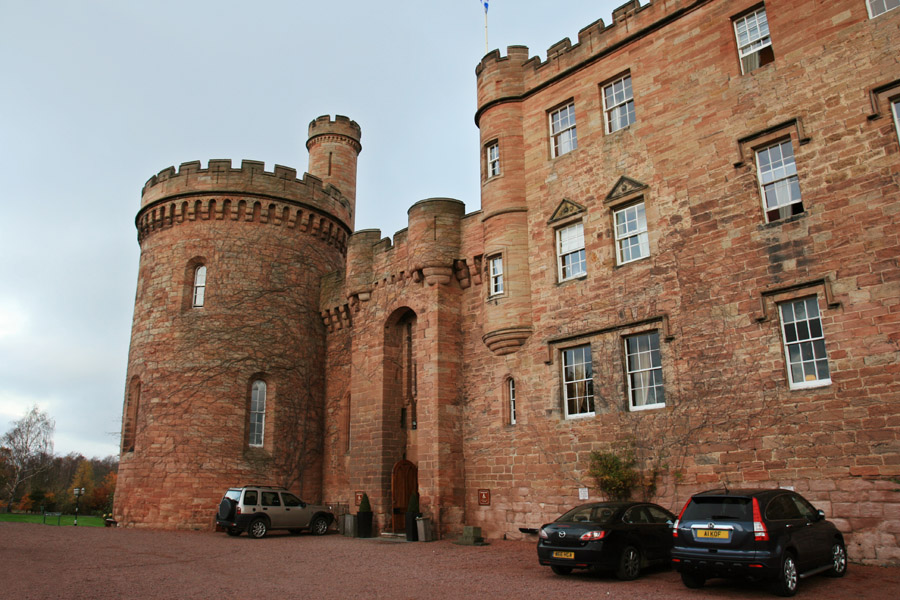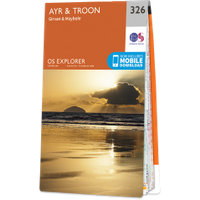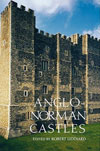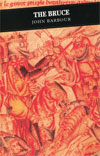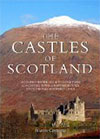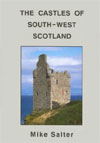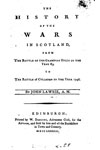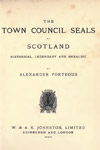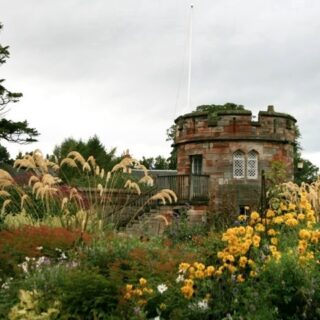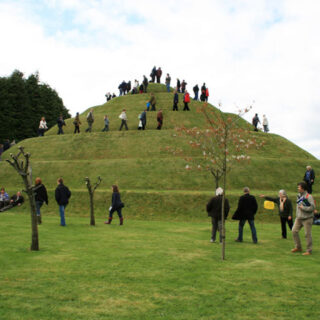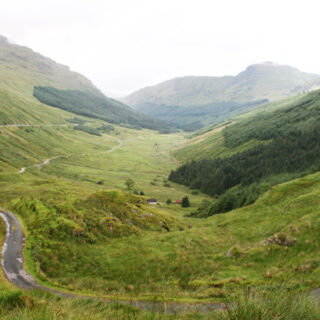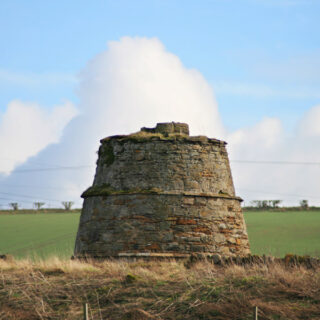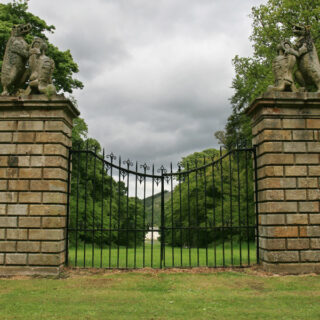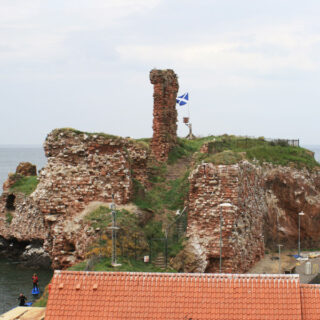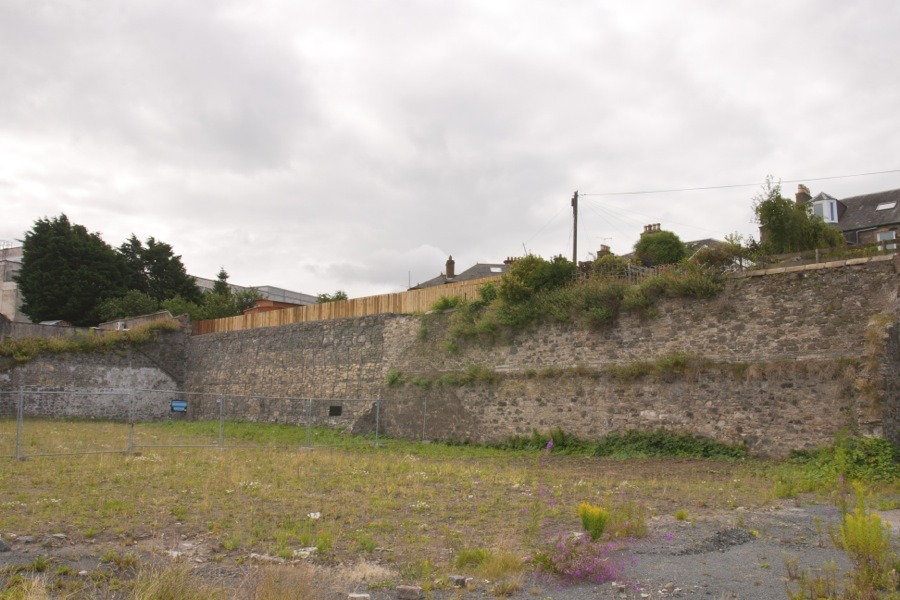
Ayr Castle

Ayr Castle was a late 12th century Royal castle, although nothing of it now remains.
The first castle at Ayr is thought to have been built in 1197 by William the Lion, and was said to have been protected on two sides by the sea and the river, with the other sides surrounded by marshy ground that separated it from the town.
If this description is accurate then the shape of the River Ayr’s estuary must have changed over the centuries, as the castle’s believed location places it a couple of hundred metres inland from the sea, with the river passing to its north.
The exact form of the early castle is not known, although it has been suggested in the past that it may have resembled the castle depicted on Ayr’s town seal. The seal and arms show a main rectangular block standing on a mound, flanked by round towers topped with battlements and a smaller central tower within the parapet. It is certainly stylised so its accuracy is in question.
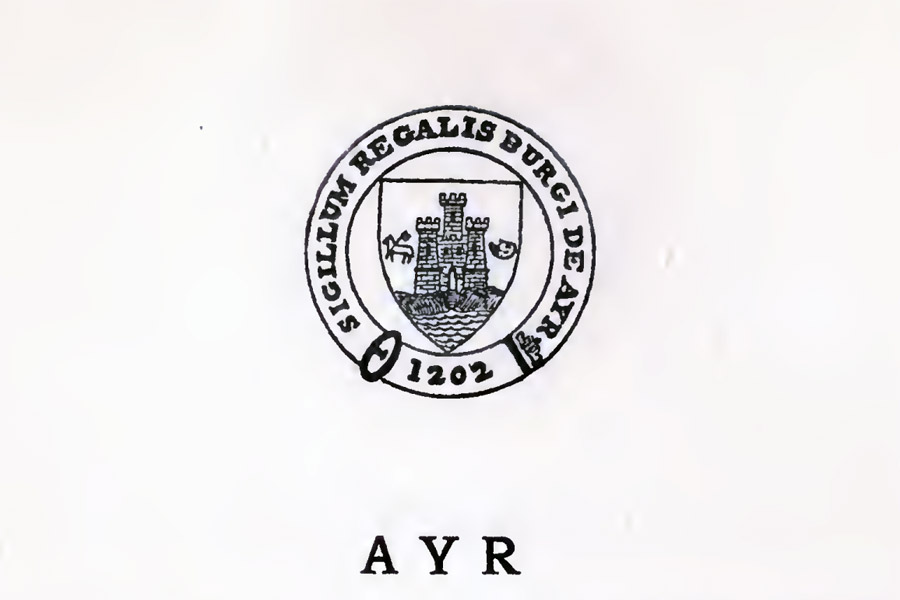
Alexander Porteous, Edinburgh, 1906
It does seem likely that William’s castle was built in stone on a mound, and while the mound itself has long gone the site does occupy ground which rises above the river. It may well have consisted of a central keep on a mound which was surrounded by a courtyard wall, although this is entirely supposition.
It has also been suggested that Ayr Castle may have been rebuilt by Alexander III in a similar form to Caerlaverock Castle and Morton Castle, with a twin-towered gatehouse at one corner of a triangular plan and a single tower at both of the other corners.
In 1263 King Haakon IV of Norway arrived in Scotland with a reputed 160 ships carrying 20,000 men, landing at Ayr where he took the castle along with Newton Castle on the north bank of the River Ayr. Attempts to agree a treaty with the invaders failed, and led to the famous Battle of Largs after which both castles presumably returned to Scottish hands.
Edward I of England invaded Scotland in 1296, and an English garrison was installed at Ayr Castle, governed by Henry de Percy. The following year the castle may have been attacked by William Wallace and the garrison ejected, although Blind Harry is apparently the only source for this. However the occupying English forces were expelled from Scotland as a whole following the Battle of Stirling Bridge in September 1297, so the castle would have returned to the Scots at this time.
The English invaded Scotland again in June 1298, and following their victory at the Battle of Falkirk in July 1298 they spread out across Scotland to assert their influence. During August the English advanced towards Ayr Castle when Robert the Bruce, realising that he couldn’t defeat the invaders, burned the castle to stop it falling into English hands.
Evidently the castle was rebuilt, as in 1301 an English general, defeated by a Scottish force under Bruce near Loudon, was pursued until he sought refuge in Ayr Castle. Bruce laid siege to the castle until the English garrison was relieved by fresh troops from England. This episode has apparently been confused by some authors and transposed to 1307 following the Battle of Loudon Hill. In 1306 the castle was once again captured by the English who supplied it by sea.
The castle is likely to have changed hands several times during the Wars of Independence, and in 1314 it was recaptured by Bruce. Following the Battle of Bannockburn Scotland’s independence was secured, and some stability returned to the country. Perhaps as a consequence little seems to be written about the castle after the early 14th century.
It does make a brief appearance later in history however, when it was garrisoned by French troops in 1542 following the death of James V.
In 1650 the remains of it were destroyed during the construction of a fort by Cromwell. This six-sided 12 acre Citadel featured bartizans on the corners of the surrounding wall, and part of it still exists today.
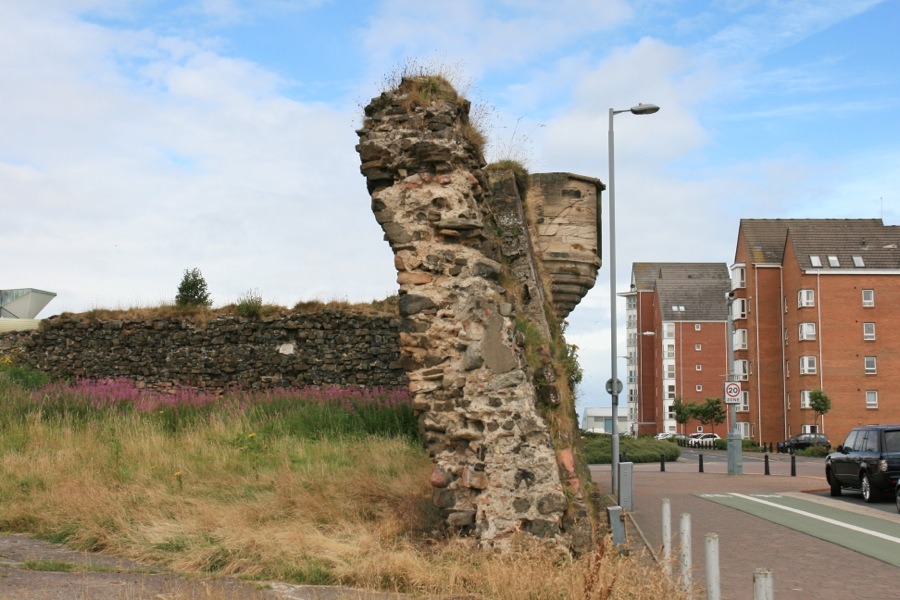
A town plan of Ayr from 1818 seems to show the castle mound, and possibly a surrounding bailey, still visible within Cromwell’s fort.
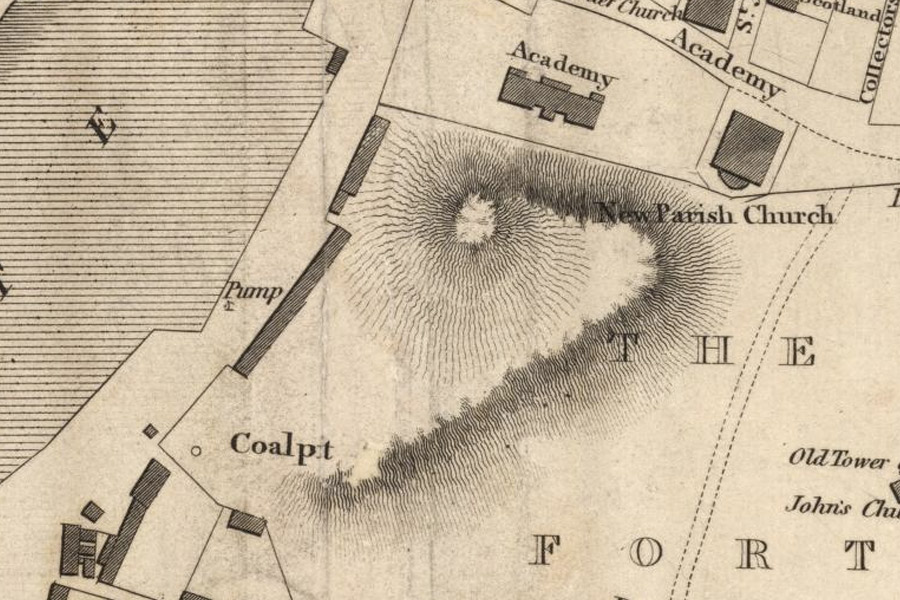
John Wood, Edinburgh, 1818
As late as 1856 it was said that “Traces of this castle are still to be seen on the mound not far from the tower of St John’s Church, buried in the eastern bastion of Cromwell’s Fort.” Whether that was indeed the remains of the castle, or perhaps the remains of Cromwellian defences is unclear.
On the 6 inch to the mile Ordnance Survey map of Ayrshire, surveyed in 1857 and published in 1860, the site of the castle is clearly marked and appears to show that the mound was still visible.
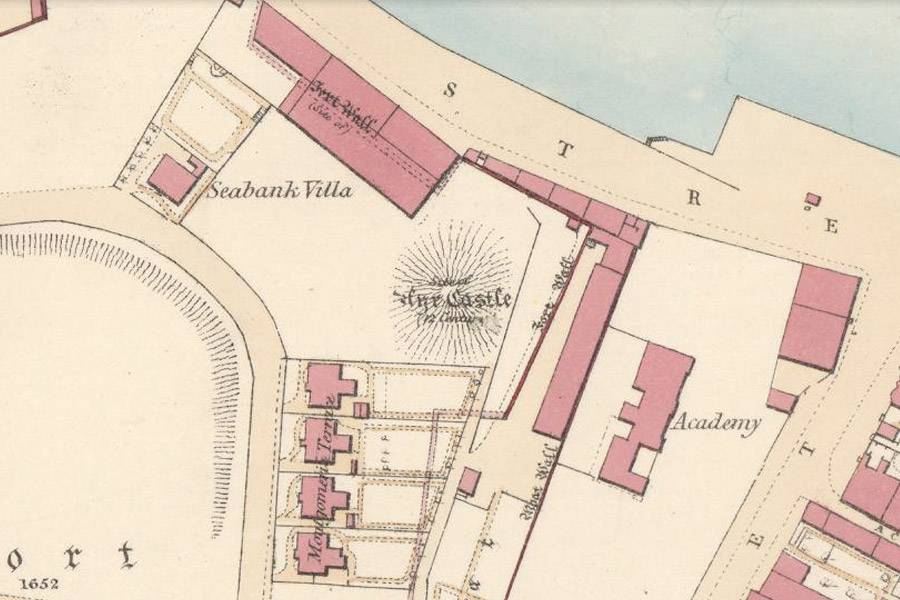
Ordnance Survey, 1860
However there is now no trace of Ayr Castle left, and the site falls within a private garden behind Ayr Academy.
Alternative names for Ayr Castle
Auld Tower; Castle of Ayr; Wallace Tower
